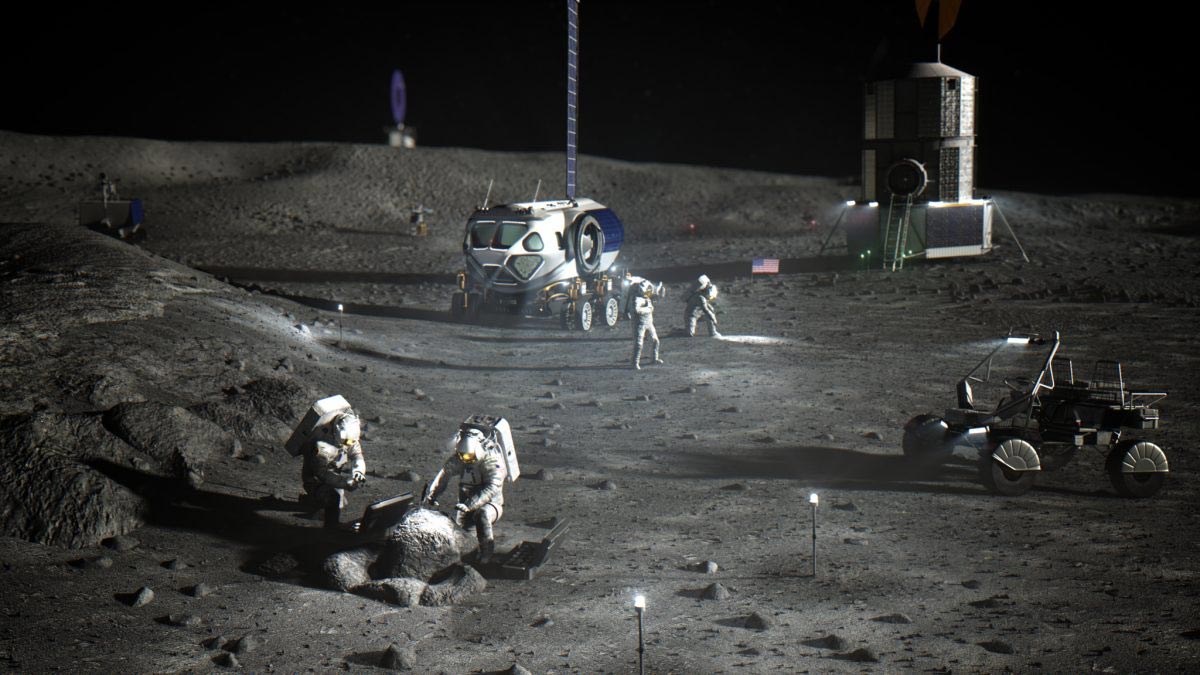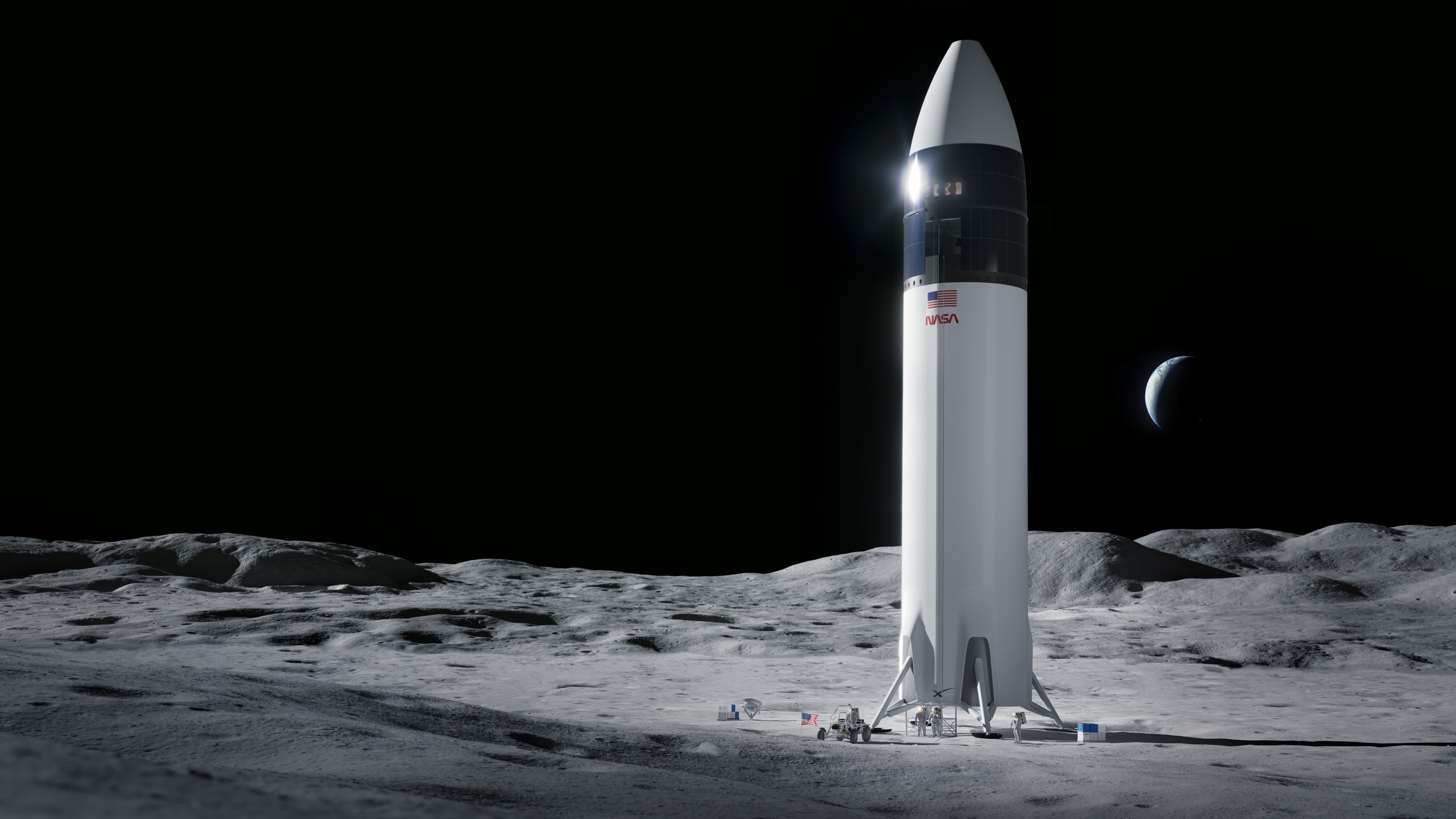US intelligence has publicly expressed apprehensions about China potentially outpacing the United States in the race to send humans back to the moon and establish a lunar outpost, according to reports.
Washington and Beijing are actively competing for an edge in terms of strategic positioning and securing international collaborators in the race to explore and develop a lunar base.
However, US officials are increasingly concerned that Beijing’s rapid pace in advancing its space program could grant it a key advantage over the United States.
US intelligence officials openly acknowledged their surprise at China’s swift advancements in its space program, particularly the rapid construction of an Earth-orbiting space station.
The officials now assert with certainty that China is on track to achieve major lunar milestones, with plans to land humans on the moon and establish a permanent base at the lunar south pole by the end of this decade.
This revelation came when NASA delayed meeting its milestones for similar endeavors. In June 2023, NASA raised worries about the readiness of SpaceX’s Starship lunar lander for the Artemis 3 mission, which is set to be the first mission to land Americans back on the moon by late 2025.
At the time, the US Space Agency indicated that the mission’s timeline might be pushed from December 2025 to a later point in 2026. As a result, the United States’ ambitions to establish a permanent human outpost on the moon by around 2030 may encounter delays.

NASA Administrator Bill Nelson was quoted saying, “It wasn’t too long ago that China said they intended to land by 2035. So that date keeps getting closer and closer. I take it very seriously that China is in a headlong race to get to the moon.”
A US intelligence official emphasized that China views space as a critical arena to counter US influence. The official stressed that China is not aiming to be the predominant space power only in the 2020s but aspires to establish dominance throughout the 21st century, similar to the US position in the 20th century.
Key Determinants For The Success of US And China’s Space Objectives
The ongoing space race marks the first major global competition among world powers since the conclusion of the Cold War, ushering in a new era of exploration that has the potential to propel humans on missions surpassing the achievements of the Apollo program five decades ago.
Speaking to EurAsian Times, Omkar Nikam, Space and Defense Expert, highlighted, “China privatized its space industry in 2015. Since then, the country has recorded several growth opportunities in the commercial sector.”
“Though the capabilities are yet to be matched with great powers like the United States, it is to be noted that China single-handedly built its space station and has been successful in its operations. Not to forget that China is also progressing in developing quantum communication satellites, which will be a breakthrough for the satellite market in the coming years,” Nikam added.
Nikam pointed out that the United States is poised to lead significant advancements in space across military and commercial sectors, but it faces competition from China.
Given the shared lunar exploration goals of the United States and China through the Artemis and ILRS programs, Nikam highlighted a substantial technology gap that both nations must address.

The Launch Vehicle market emerges as a crucial factor influencing the success of space exploration targets, be it for the moon, mars, or beyond. The effectiveness of the Launch segment becomes pivotal in determining success in commercial viability, technological advancement, and capacity building for space assets beyond Earth.
Nikam mentioned, “Currently, SpaceX remains the global commercially successful private player in the Launch market, followed by government agencies like ISRO, which has achieved more than 95% success rate in the launch segment. SpaceX remains the only big private player in the Launch market because Launching spacecraft remains both a risky and financially costly business.”

“If both the United States and China have a strong goal to create a long-term roadmap for space exploration activities, exploring more economically viable technologies and diversity in the number of successful Launch companies is important. This will ensure financial sustainability and help their respective space programs to thrive,” he said.
Overall, Nikam underscored that while the space ecosystems of the United States and China compete, specific gaps exist that both nations must address to enhance the robustness of their ongoing and upcoming space exploration initiatives.
1st Nation To Establish Lunar Base, US Says China Could ‘Outpace’ NASA In Race To Moon - EurAsian Times
Read More


No comments:
Post a Comment